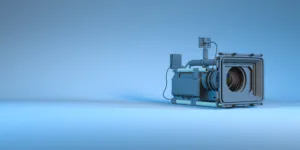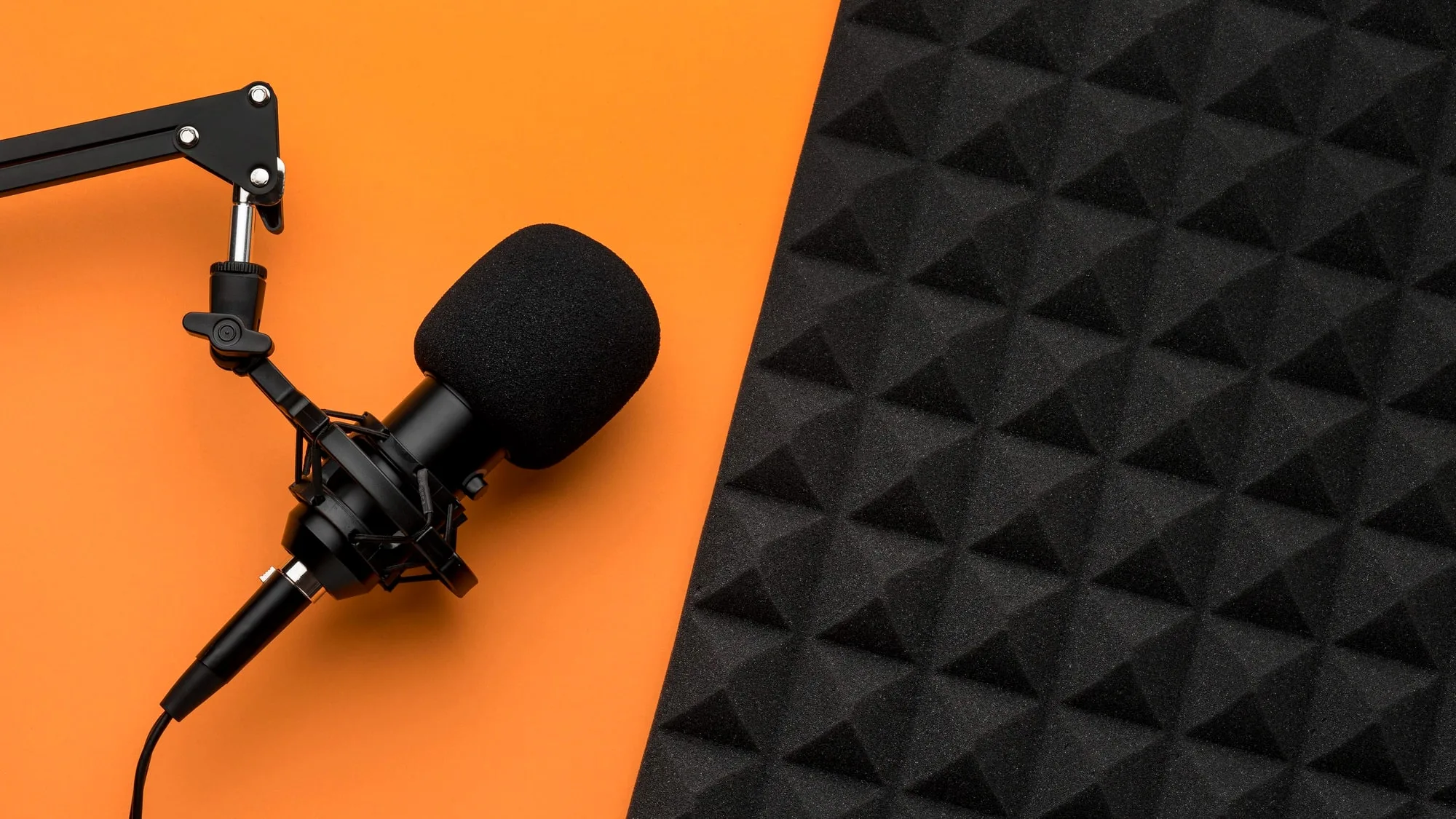
Hey there, movie buffs and sound geeks! Have you ever heard of Automated Dialogue Replacement (ADR)? It’s a fascinating process used in film and television production that involves re-recording dialogue in a studio after filming. Today, we’re going to dive into the world of ADR and learn more about what it is and why it’s used. So, grab your popcorn and let’s get started!
Automated Dialogue Replacement (ADR), also known as “looping,” is a post-production process where dialogue is re-recorded in a studio and synced up with the visuals on screen. This is done for a variety of reasons, including improving the sound quality, correcting mistakes or inconsistencies in the original dialogue, and adding new lines that weren’t captured during filming.
ADR is used for a variety of reasons, but mainly it’s because it allows filmmakers to have more control over the sound quality and consistency of the dialogue. Sometimes, the audio recorded on set can be plagued by background noise, wind, or other unwanted sounds that can make it difficult to hear the dialogue clearly. ADR allows filmmakers to record the dialogue in a controlled environment, without any unwanted noise or distractions.
ADR is also used to correct mistakes or inconsistencies in the original dialogue. Sometimes, actors may stumble over their lines, or the audio may not be clear enough to use in the final edit. ADR allows the actors to re-record their lines, ensuring that the dialogue is clear and consistent throughout the film.
Finally, ADR is sometimes used to add new lines that weren’t captured during filming. This can be done for a variety of reasons, including adding humor, improving the story, or filling in gaps in the dialogue.

ADR typically involves the following steps:
The actor watches the scene on a monitor while listening to the original audio in their headphones.
The actor records their lines in sync with the visuals on screen, using a special microphone that is designed to capture high-quality sound.
The new dialogue is synced up with the visuals using special software, ensuring that the lips of the actors match the new dialogue.
In conclusion, Automated Dialogue Replacement (ADR) is a crucial process in film and television production that allows filmmakers to have more control over the sound quality and consistency of the dialogue. It’s a fascinating process that involves re-recording dialogue in a studio and syncing it up with the visuals on screen. So, the next time you’re watching your favorite movie or TV show, listen closely for any ADR, and appreciate the hard work that goes into creating seamless dialogue on screen.